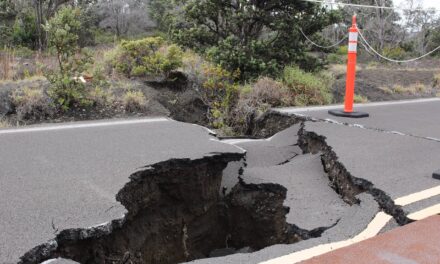1. The Discovery of the Kuiper Belt
The Kuiper Belt was first postulated in the 1950s by astronomer Gerard Kuiper, who suggested the presence of a region beyond Neptune where small, icy bodies could reside. It wasn’t until the 1990s that technological advancements allowed astronomers to observe and study these distant objects directly. The discovery of numerous Pluto-like bodies in this region, such as Eris, Haumea, and Makemake, raised questions about the definition and classification of planets.
2. Characteristics of the Kuiper Belt
The Kuiper Belt is a disk-shaped region of space extending from just beyond the orbit of Neptune to about 50 astronomical units (AU) from the Sun. It is believed to be the remnants of the early solar system, containing a vast number of icy objects, including comets, asteroids, and dwarf planets. These objects are primarily composed of rock and frozen volatiles, such as methane, ammonia, and water.
3. Pluto’s Place in the Kuiper Belt
Prior to the reclassification, Pluto was considered the ninth planet of the solar system. However, as our understanding of the Kuiper Belt improved, it became evident that Pluto shared more similarities with the objects found within this region than with the eight classical planets. Astronomers began to question whether Pluto deserved its planet status, especially considering the presence of similar-sized or even larger bodies within the Kuiper Belt.
4. The IAU’s Definition of a Planet
In 2006, the International Astronomical Union (IAU) introduced a formal definition of a planet, which ultimately led to Pluto’s reclassification. According to the IAU’s definition, a celestial body must meet three criteria to be considered a planet: it must orbit the Sun, it must be spherical in shape due to its own gravity, and it must have cleared its orbit of other debris. It was this last criterion that caused Pluto’s reclassification, as it shares its orbit with other Kuiper Belt objects.
5. Pluto’s Demotion to a Dwarf Planet
Based on the IAU’s definition, Pluto was reclassified as a dwarf planet due to its failure to meet the criterion of clearing its orbit. The presence of other sizable objects, such as Eris, in its vicinity indicated that Pluto was part of a larger population of similar bodies within the Kuiper Belt. Therefore, to maintain scientific consistency and clarity, the decision was made to reclassify Pluto.
6. The Significance of the Reclassification:
The reclassification of Pluto highlighted the importance of refining and updating our scientific understanding of celestial bodies. It showcased the dynamic nature of scientific knowledge and the need for precise definitions to classify objects within our solar system accurately. Furthermore, it emphasized the significance of the Kuiper Belt as a key factor in the reclassification process, demonstrating its relevance in shaping our understanding of the solar system’s evolution.
Conclusion
The Kuiper Belt played a crucial role in the reclassification of Pluto as a dwarf planet. The discovery of numerous Pluto-like objects within this region, combined with the International Astronomical Union’s definition of a planet, led to a reconsideration of Pluto’s status. By recognizing the presence of other sizable bodies sharing its orbit, astronomers concluded that Pluto better fit the characteristics of a dwarf planet. This reclassification served as a reminder of the importance of scientific definitions and our continuous quest for knowledge about the cosmos.
References
- International Astronomical Union (IAU)
- NASA – The Solar System Exploration: Planets
- Brown, M. E., & Butler, B. J. (2018). The Dwarf Planets. In The New Solar System (5th ed., pp. 213-235). Cambridge University Press.










